A standard 3D printer and terahertz beams permit for storing data on a regular, 3D-printed piece of plastic— like cryptographic keys.
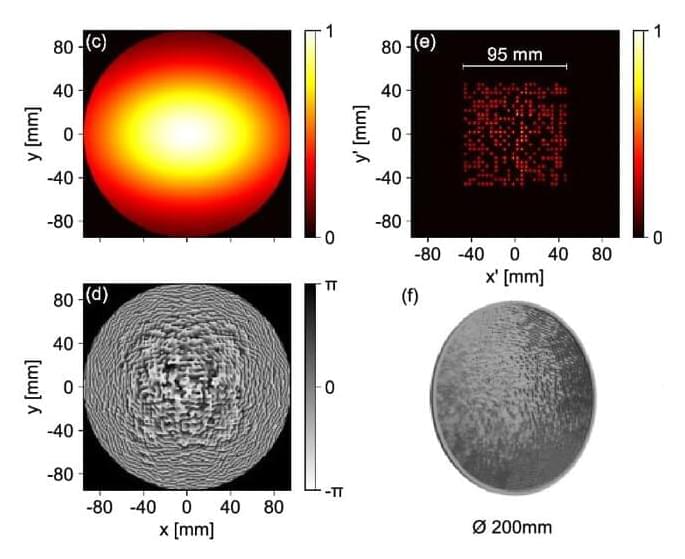


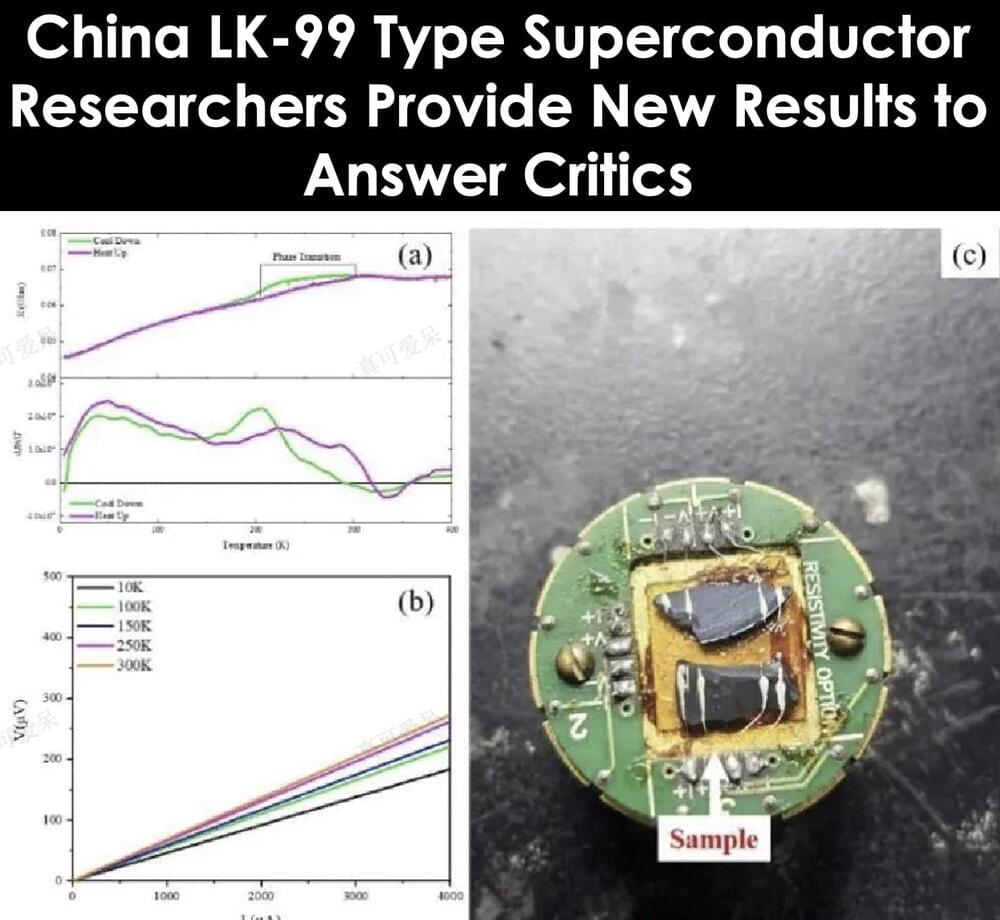
Chinese researchers are making variations of LK99 room temperature superconductor materials with more sulfur and copper in the chemistry. They are publishing results with stronger magnetic indications of a Meissner effect.
The chinese researchers have been online discussing their room temperature superconducting research and the challenges of the materials.
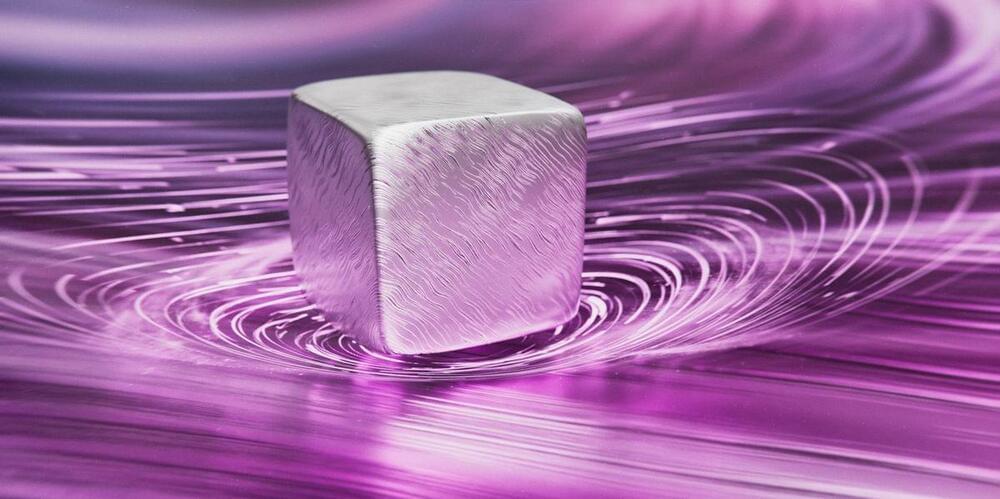
A new material for direct air capture systems turns trapped carbon into baking soda when introduced to seawater.

Incorporating a phase-change material into concrete, researchers have created a self-heating material that can melt snow and ice for up to 10 hours without using salt or shovels. The novel material could reduce the need for plowing and salting and help preserve the integrity of road surfaces.
According to the US Department of Transportation (DOT), more than 70% of roads are in snowy regions. Snow and ice accumulation reduces road friction and vehicle maneuverability, causing drivers to slow and increasing the risk of crashes. Snow-obstructed lanes and roads also reduce roadway capacity and increase travel time.
The DOT states that local and state agencies spend more than US$2.3 billion annually on snow and ice control operations, in addition to the millions spent repairing infrastructure damage caused by snow and ice. Salting is often used before a snow event to prevent icing, but the highly concentrated salt solution can deteriorate concrete or asphalt. In addition, when water seeps into the road and freezes, it expands, causing internal pressure and damaging the road.

https://www.freethink.com/space/space-elevator 📸: VectorMine / Adobe Stock
The researchers are still working on the issue of scaling up production, but in 2021, state-owned news outlet Xinhua released a video depicting an in-development concept, called “Sky Ladder,” that would consist of space elevators above Earth and the moon.
After riding up the Earth-based space elevator, a capsule would fly to a space station attached to the tether of the moon-based one. If the project could be pulled off — a huge if — China predicts Sky Ladder could cut the cost of sending people and goods to the moon by 96%.
In the 120 years since Tsiolkovsky looked at the Eiffel Tower and thought way bigger, tremendous progress has been made developing materials with the properties needed for a space elevator. At this point, it seems likely we could one day have a material that can be manufactured at the scale needed for a tether — but by the time that happens, the need for a space elevator may have evaporated.
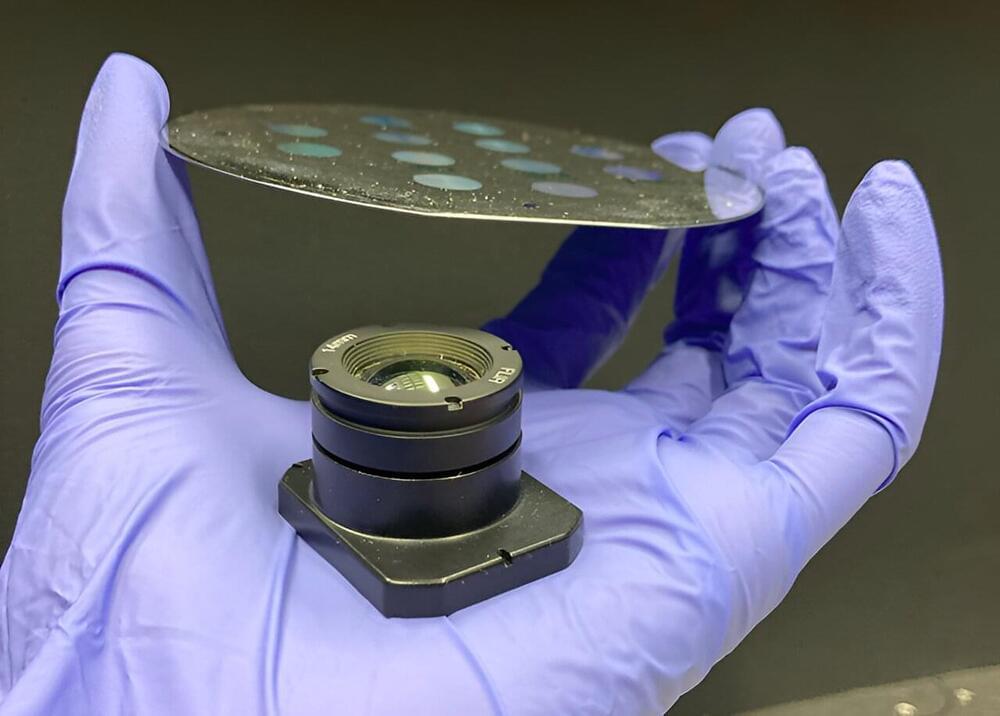
Long-wavelength infrared (LWIR) imaging holds critical significance across many applications, from consumer electronics to defense and national security. It finds applications in night vision, remote sensing, and long-range imaging. However, the conventional refractive lenses employed in these imaging systems are bulky and heavy, which is undesirable for almost all applications. Compounding this issue is the fact that many LWIR refractive lenses are crafted from expensive and limited-supply materials, such as germanium.
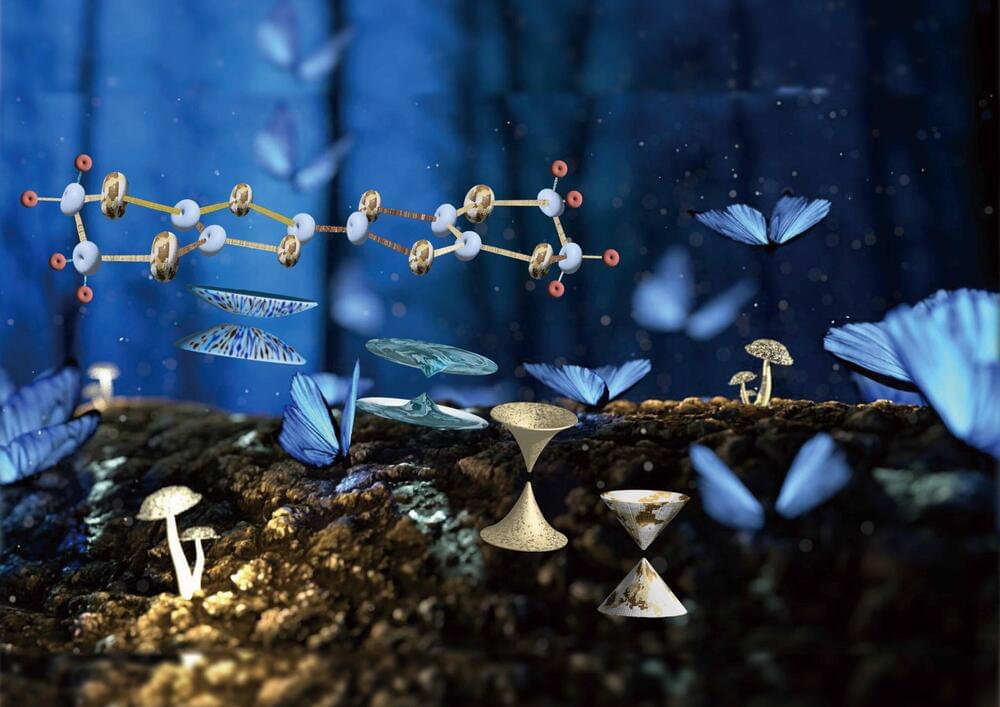
Because of their differences from standard electrons, Dirac electrons are expected to add unprecedented electronic properties to materials. For example, they could be applied to electronic devices to perform computation and communication with extraordinary efficiency and low energy consumption.
To develop such technology, scientists must first understand the net properties and effects of Dirac electrons. But they generally coexist with standard electrons in materials, which prevents unambiguous observation and measurement.
In a recent study published in Materials Advances, Ryuhei Naito and colleagues discovered a method enabling selective observation of the Dirac electrons in materials. Using electron spin resonance, to directly observe unpaired electrons in materials to distinguish differences in character, the research group established a method to determine their scope of action in the materials and their energies.